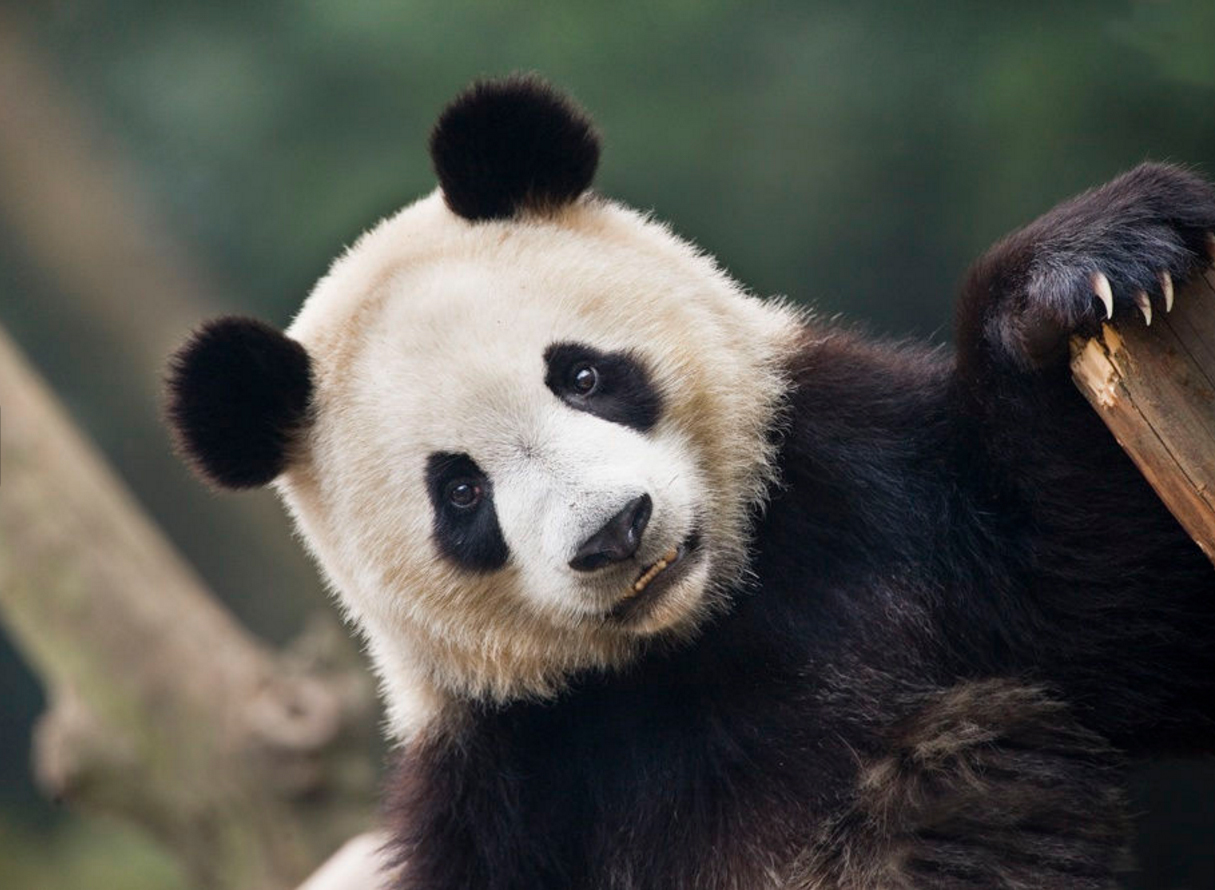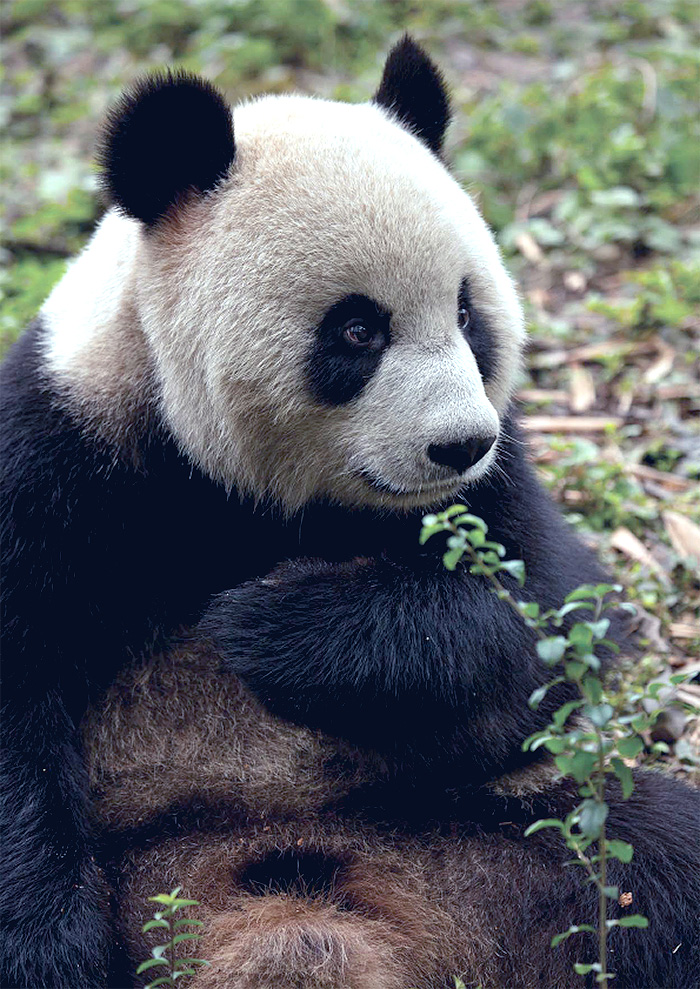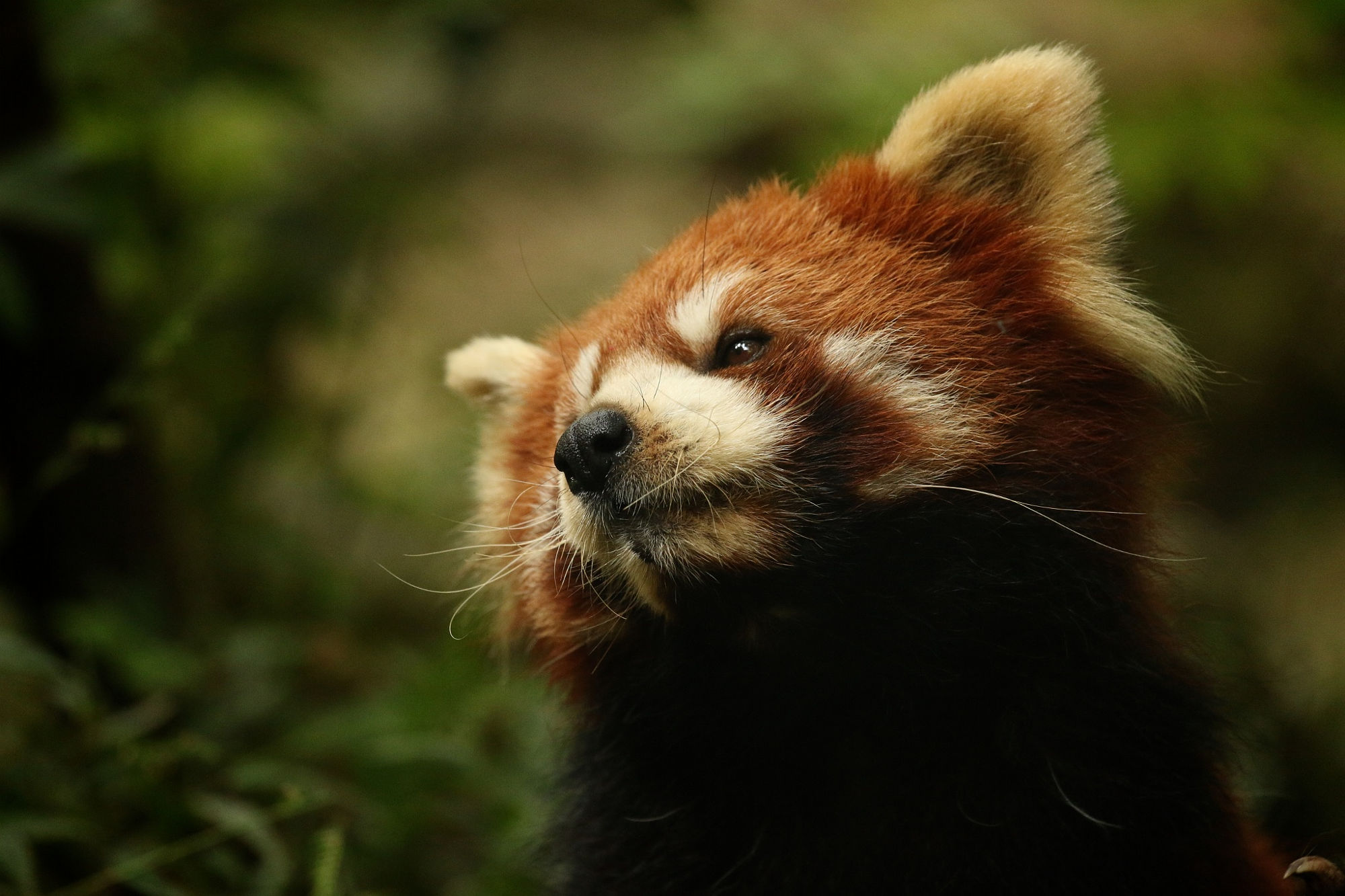A Resort of Their Own: Chengdu Panda Base
The dense vegetation and fog eerily surrounding the Chengdu Panda Base creates an illusion of entering the natural habitat of giant pandas thousands of metres above sea level. This convincing deception is no tourist trick, but a result of determination to authentically recreate ideal conditions for China’s most-loved species.

Chengdu, the capital of Sichuan Province in southwest China, is home to the Chengdu Research Base of Giant Panda Breeding. From obscurity just a few decades ago, this panda base has transformed into a bustling highlight for travellers — but research and conservation remain its primary goal. Today, the base is home to over 100 giant pandas and dozens of red pandas. It is an environment that encourages natural behaviour and activity levels, despite being visited by close to a million human visitors each year from both within China and abroad. The Chengdu base runs China’s largest conservation education programme, including regular field trips with the rural population living closest to the giant pandas and their habitat.
As visitors enter a corridor covered with green bamboo, their first view is of Villa number 14 and its famous inhabitant, the gentle Hermit. Ready to welcome travellers from all nations, he settles on the resting frame in the enclosure, gazes into the distance from a tree branch, or hides behind a rock. Leaving the ‘happy hermit’, more and more giant pandas come into view as the path takes visitors deep into bamboo, toward enclosures named ‘Playground for Panda Cubs’ and ‘Playground for Adult Pandas’, as well as the ‘Sun Delivery House’ and ‘Moon Delivery House’. The vegetation along the way reflects exactly the natural habitat of wild giant pandas. In this faithfully imitated ecological environment, giant pandas enjoy their bamboo feast, take a drink of water or nap lazily. Meanwhile, the cubs and young adults may chase one another in playful exercise.

In the Sun Delivery House and the Kindergarten, visitors can enjoy experiences unavailable anywhere else in the world: viewing a newly-born pink panda cub, watching as cubs learn to walk, and witnessing the captivating scene of a panda mother teaching her cubs survival skills. Another unique feature of the Chengdu base is that travellers can taste the special food prepared for giant pandas. In Panda Kitchen, visitors first see how the giant panda‘s favourite food, the ‘bun’, is prepared from corn, soybean, rice, oats, wheat, vegetable oil, mineral elements and vitamins — and then they may sample one themselves.
The companions of the giant panda, the red pandas at Chengdu make up the largest captive population in the world. The red panda is relatively agile and active. 0n the two red panda playgrounds, these red-black spirits with long tails chase each other in the woods or play on the lawn, occasionally pausing for a bamboo snack or perching on the high branches when tired.

About 100 peacocks range freely around the base, wandering in threes or fours in the park. Generally, a handsome male peacock will be the leader, and he may fly onto a tree and scream with the pride of a king observing his territory. Occasionally, a few small peacocks steal the food of the giant pandas on the playground, which sometimes provokes a fierce panda versus peacock confrontation.
Another feathered friend at the base is the golden pheasant. A rare endemic bird species in China, golden pheasants have brilliant multi-coloured feathers. Visitors can appreciate the golden pheasant in the feeding room, but may also come across with them while walking on the bamboo trail. Due to their alertness and timid nature, they can only be photographed with care. Finally, the base’s beautiful Swan Lake is home to elegant black and white swans, as well as various species of aquatic birds. Visitors can feed the swans or the golden carp.
The base has plenty of beautiful grounds that can be explored. As a result of years of cultivation, the bamboo landscape corridor integrates harmoniously with the natural environment of the giant panda. Vegetation includes cherry blossom, grand myrtle, peach blossom, and other unique ornamental plants. In 2010, the rose garden at the base was opened to visitors. This recreational garden is located on the banks of Swan Lake, covering an area of more than 4000 square metres. However, bamboo is the theme at the base’s restaurant. Here, visitors can choose from a number of dishes that feature the plant: fragrant bamboo rice, various bamboo shoots, bamboo cubilose, bamboo preserved pork and bamboo pickle.

In recognising that conservation depends as much on public awareness as it does on research, the Chengdu base launched its Science Popularisation Education Department. Here, the emphasis has been to allow visitors an interactive experience in order to teach the importance of environmental protection. A series of programmes were introduced to help educate Chinese and overseas visitors. In the International Trainees programme, visitors take care of giant pandas and prepare food for them under the direction of professional staff.
Summer Camp focuses on students’ practical participation, interaction and independent thinking. Students carry out behavioural research with scientists, care for small animals, build camps and learn other survival skills in the wild under the guidance of professional environmental education tutors. In addition, they may also explore the wild habitat of the giant panda with researchers in the natural reserve.

The recently-opened Panda Valley aims to take in between 30 and 40 giant pandas and 50 to 100 red pandas, along with other companion wildlife, in order to carry out research on transitional wilderness training, with a view to reintroducing pandas into the wild. Panda Valley looks set to become a new high-end international visitor attraction, where giant panda lovers from all over the world will be able to learn more about these fascinating animals.
